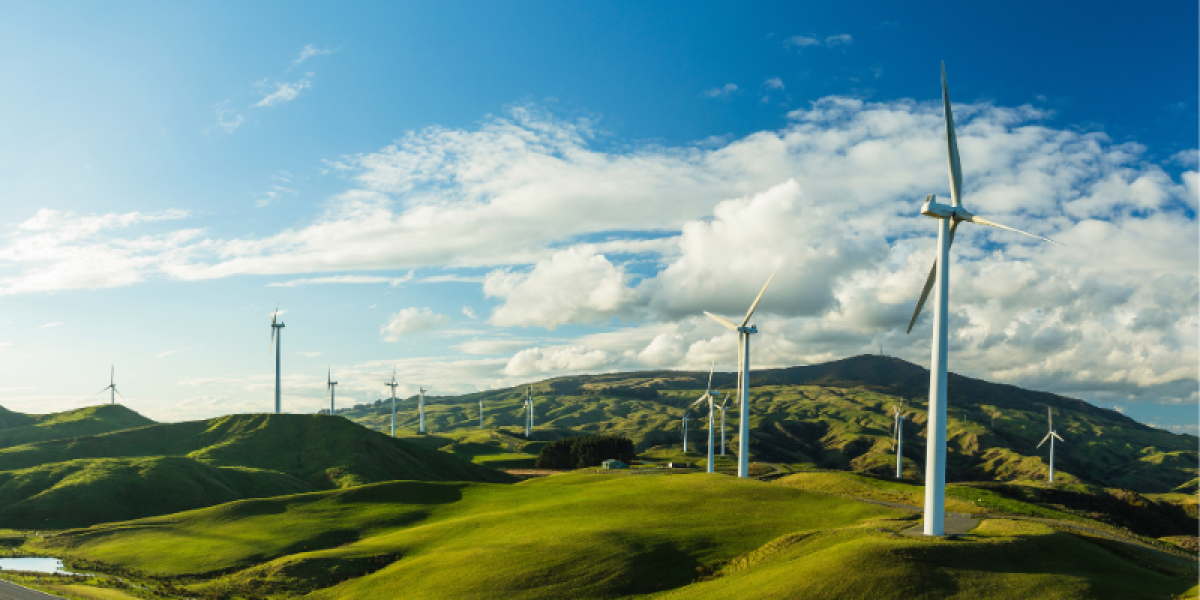European Wind Sector: Onshore Installations Account for 79% of New Projects
Denmark, Germany, the Netherlands, and Sweden Lead Wind Energy in Europe

The latest WindEurope report provides an in-depth analysis of the current state and future prospects of the wind energy sector in the EU, highlighting significant progress. With 2023 marking a record year for the installation of new wind capacity, reaching 16.2 GW, the EU demonstrates an increasing commitment to renewable energy, with onshore wind accounting for 79% of these new additions.
Germany stood out as the leader in new installations, followed by the Netherlands and Sweden, underscoring the key role that certain member states play in advancing the sector.
European Wind Sector: In Denmark, 56% of Energy is Generated from Wind
The report highlights the significant contribution of wind energy to the EU's energy mix, with a 19% share of total electricity consumption in 2023. Denmark, in particular, emerges as an example of excellence, with 56% of its electricity generated from wind, an impressive milestone that underscores the potential of wind energy in terms of energy security and sustainability.
Looking ahead, WindEurope offers an optimistic outlook for the wind sector through 2030, with an annual average installation forecast of 29 GW. This increase will bring the EU's total installed capacity to 393 GW, approaching the target of 425 GW needed to meet European climate and energy goals.
The analysis particularly emphasizes the balance between onshore installations, which will continue to dominate, and the rapid increase expected for offshore wind, which is projected to match onshore installations by 2030.
European Wind Sector: €30 Billion in New Investments
The 2023 report highlights significant improvements in critical areas for the expansion of wind energy, particularly in the permitting process. The introduction of new EU renewable energy regulations has facilitated the approval of a greater number of onshore wind farms, with Germany and Spain registering significant increases in permits compared to the previous year.
These developments are crucial for accelerating the adoption of wind energy and underscore the importance of a favorable regulatory framework.
Simultaneously, there has been a notable increase in investments in new wind capacity, spurred by an improved economic context and more favorable government policies. The rise in investments is particularly evident in the offshore wind sector, where €30 billion in new investments were recorded, marking a sharp contrast with the previous year's investments.
A turning point for the industry was the renewed political focus on wind energy in Europe. The signing of the European Wind Energy Charter by 26 EU member states and 300 companies represents a collective commitment to support the sector, with concrete measures aimed at improving the operating environment for wind energy. These actions, ranging from auction adaptations to promoting higher standards for turbines, are fundamental to strengthening the European wind industry.
Related Focus




